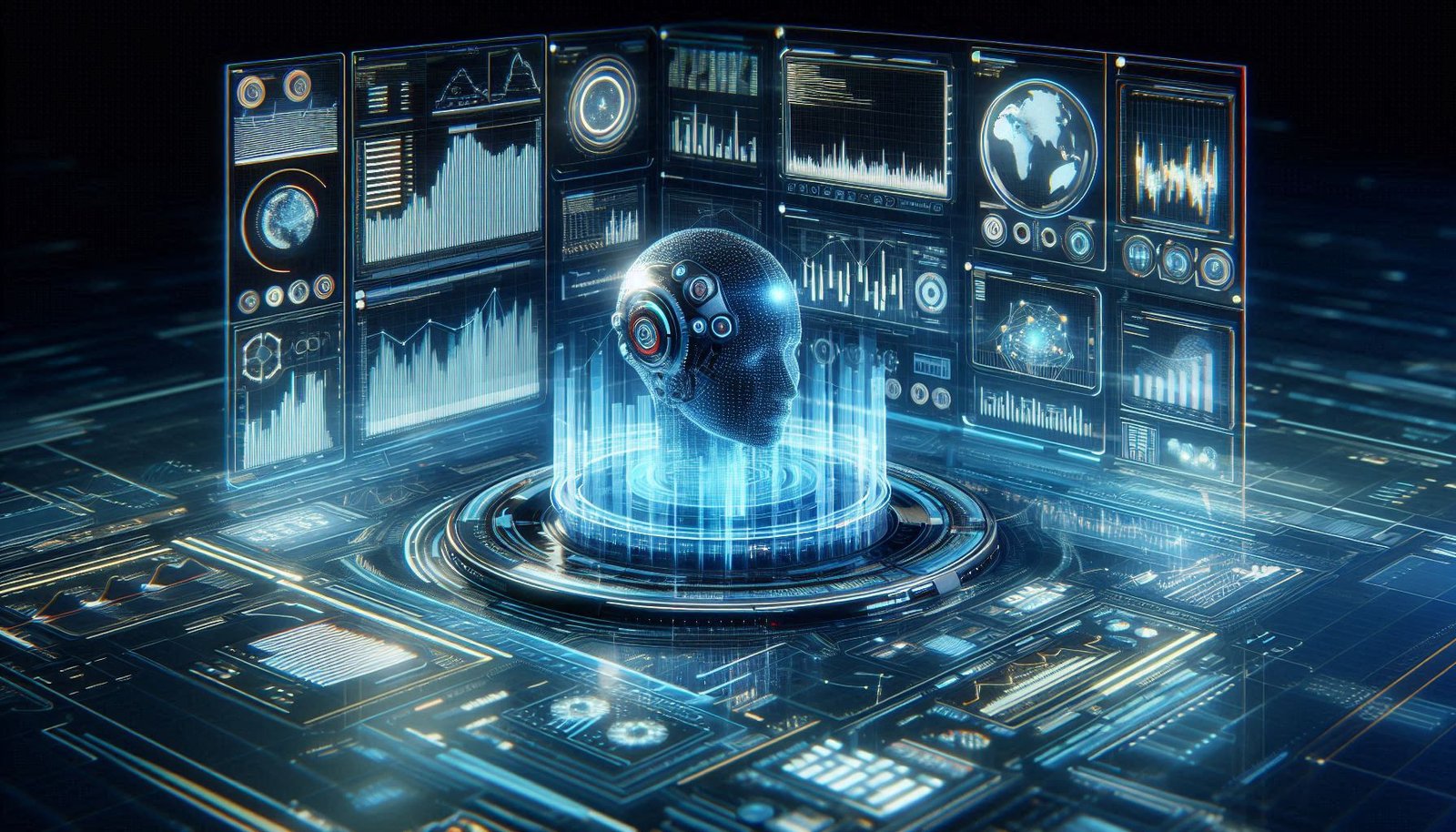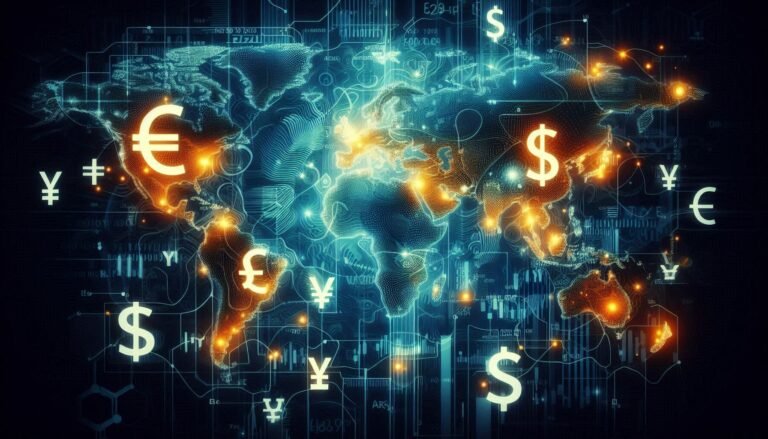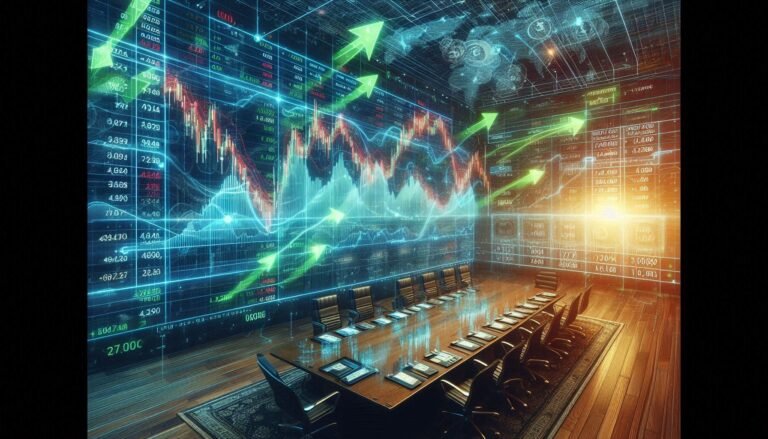The Role of Artificial Intelligence in Forex and Crypto Trading
The rise of artificial intelligence (AI) has transformed multiple industries, and financial markets are no exception. Forex (foreign exchange) and cryptocurrency trading—both known for their complexity and volatility—are increasingly leveraging AI to enhance decision-making, automate strategies, and improve risk management.
Traders, institutions, and hedge funds are integrating AI-driven solutions to analyze vast amounts of data, detect patterns, and execute trades with precision. But how exactly does AI shape the future of forex and crypto trading?
This article explores the role of AI in trading, its benefits, challenges, and what the future holds for AI-powered financial markets.
How AI is Transforming Forex and Crypto Trading
AI brings speed, accuracy, and automation to the trading world. Here are the key ways it is revolutionizing forex and crypto trading:
1. Predictive Analytics and Market Forecasting
AI can analyze massive datasets and detect market trends faster than human traders. By using:
- Machine learning algorithms to identify price patterns
- Natural language processing (NLP) to analyze news and social media sentiment
- Historical data analysis to predict future price movements
Traders can make data-driven decisions rather than relying on emotions or gut instincts. AI-powered trading bots can forecast market trends with higher accuracy than traditional methods.
2. Automated Trading Bots
AI-driven trading bots execute trades based on predefined strategies, eliminating the need for human intervention. These bots:
- Trade 24/7, even when markets are closed for human traders
- React to market changes in milliseconds, taking advantage of opportunities faster
- Reduce emotional trading, ensuring consistency and discipline
Popular AI trading bots include:
- Forex Trading Bots: MetaTrader 4/5 with AI plugins, FAP Turbo, Forex Fury
- Crypto Trading Bots: 3Commas, Cryptohopper, Pionex
3. Sentiment Analysis for Market Insights
AI-powered sentiment analysis scans financial news, social media, and economic reports to gauge market sentiment. This helps traders:
- Identify bullish or bearish trends
- Detect market hype or potential FOMO (fear of missing out)
- Avoid risks from negative news or regulatory changes
For example, if AI detects increasing negative sentiment around Bitcoin regulations, it may signal a potential price drop before it happens.
4. Risk Management and Fraud Detection
Risk management is critical in trading, and AI helps mitigate risks by:
- Monitoring market conditions in real-time
- Detecting anomalies and suspicious activities (e.g., pump-and-dump schemes in crypto)
- Suggesting stop-loss levels and optimal position sizing
- Preventing traders from making emotionally-driven losses
Financial institutions also use AI to detect fraudulent transactions, ensuring safer forex and crypto markets.
5. High-Frequency Trading (HFT)
High-frequency trading (HFT) uses AI to execute thousands of trades per second. These systems:
- Analyze microsecond price changes
- Leverage market inefficiencies for profit
- Use algorithmic trading models to automate decision-making
HFT is more common in forex trading, but crypto markets are also seeing an increase in AI-powered high-speed trading strategies.
Advantages of Using AI in Trading
AI brings several benefits to forex and crypto traders:
- Speed & Efficiency – AI can process and analyze data in milliseconds, making faster trading decisions.
- Reduced Human Error – Eliminates emotional trading mistakes, ensuring better risk management.
- 24/7 Trading – Unlike human traders, AI bots never sleep, allowing around-the-clock trading.
- Data-Driven Insights – AI provides valuable market predictions based on real-time data analysis.
- Improved Accuracy – AI models improve over time by learning from historical data and real-world events.
Challenges and Risks of AI in Trading
Despite its advantages, AI in trading has some limitations:
- Market Unpredictability – AI cannot always predict black swan events like economic crashes or major geopolitical conflicts.
- Algorithm Bias & Errors – AI models rely on past data, meaning they might fail in new market conditions.
- High Development Costs – Developing advanced AI trading systems requires significant investment and expertise.
- Over-Reliance on Automation – Traders relying too much on AI may lose manual trading skills and market intuition.
The Future of AI in Forex and Crypto Trading
The future of AI in trading looks promising, with emerging technologies enhancing its capabilities:
1. AI-Powered Hedge Funds
Many hedge funds already use AI to manage multi-million-dollar portfolios. Future AI funds may self-optimize trading strategies based on real-time market conditions.
2. Decentralized AI Trading Bots (DeFi Integration)
Decentralized finance (DeFi) platforms are integrating AI bots to enable fully automated, trustless trading. AI-powered DeFi protocols may eliminate intermediaries in crypto trading.
3. Quantum Computing in Trading
Quantum computing could supercharge AI trading models, solving complex market problems instantly and revolutionizing algorithmic trading.
4. Personalized AI Trading Assistants
Future AI trading bots may act as personal assistants, helping traders build custom strategies based on their risk tolerance and financial goals.
Final Thoughts
AI is redefining forex and crypto trading, providing traders with advanced tools for market analysis, automation, and risk management. While challenges remain, continued advancements in AI, machine learning, and blockchain technology will further revolutionize the financial markets.
As AI continues to evolve, one thing is clear—the traders who embrace AI-driven strategies will have a competitive edge in the forex and cryptocurrency markets.







